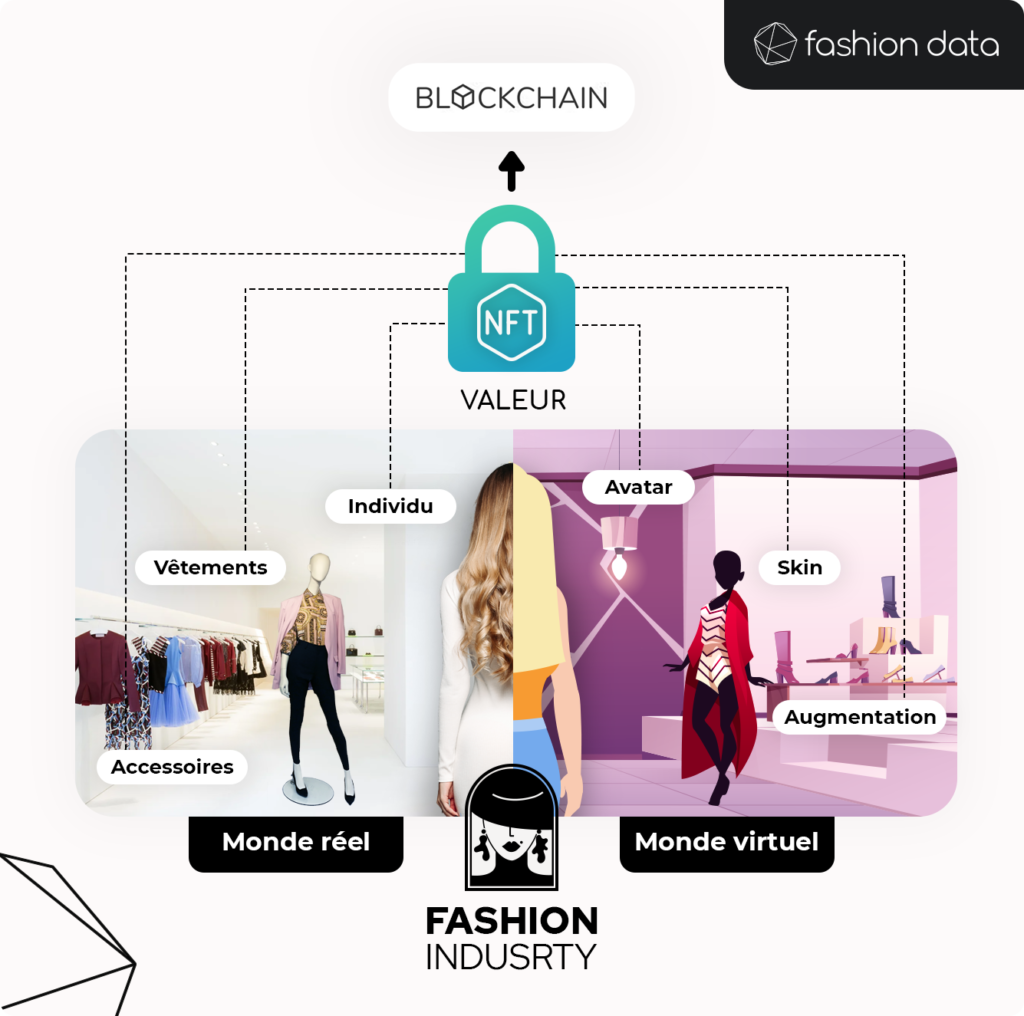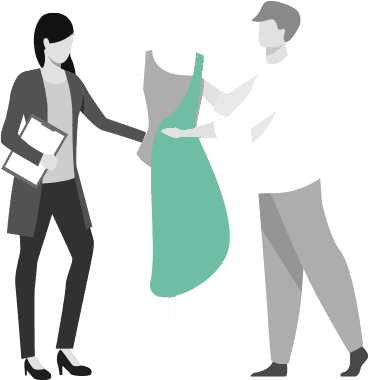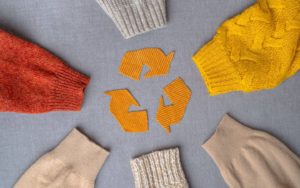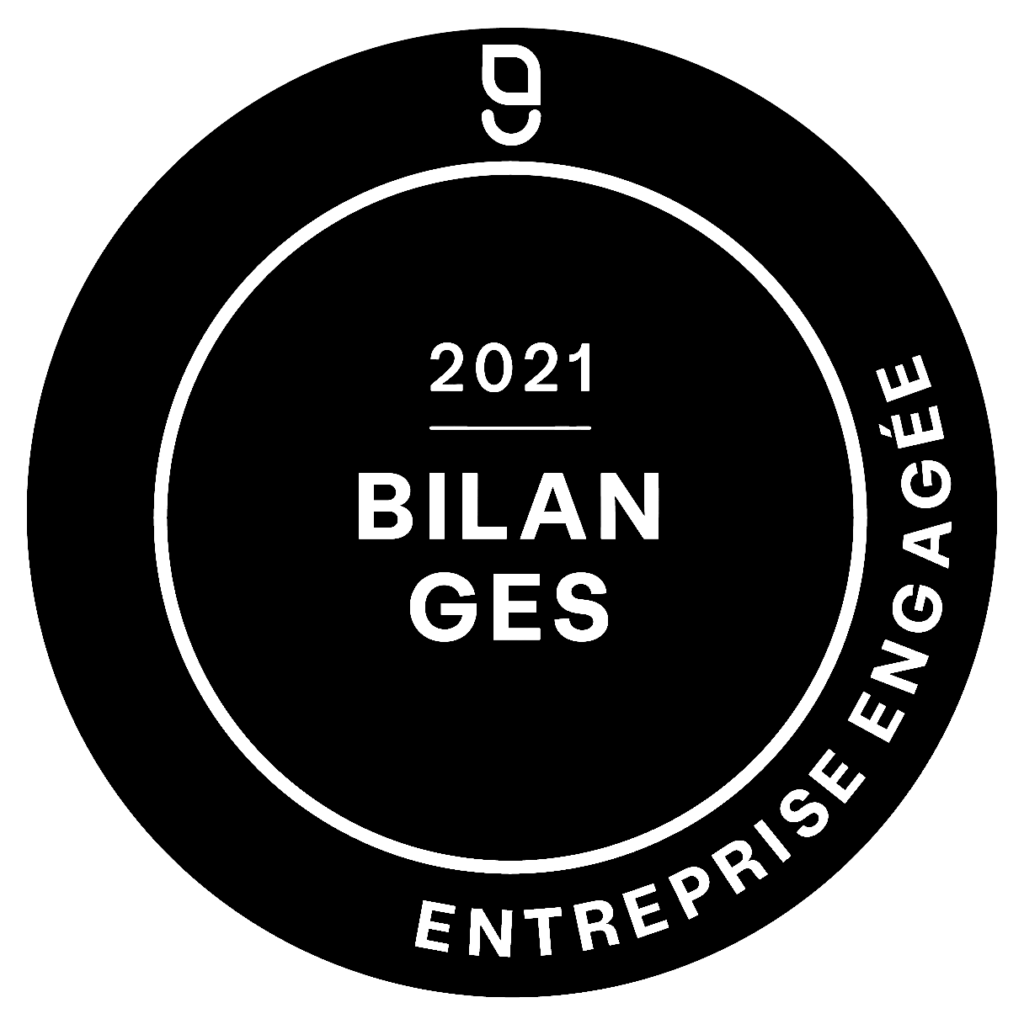Buy a digital clothing in NFT to stroll on the web? The idea makes people smile, but the metaverse is a serious market for the fashion industry.
Today, the border between our physical persons and our digital identities tends to diminish: LinkedIn, Facebook, Twitter and Instagram create our e-reputation. These platforms allow us to create a personal digital image that will be reflected back to others, as an extension of our identity. If social networks have started this movement, it is metaverses that could open a new era of the digital self.
The metaverse is a meta-universe, or or an augmented universe thanks to digital that goes beyond the one we know. It is therefore a virtual world or rather multiple virtual worlds.
Everyone is free to browse them in the form of an avatar thanks to virtual/augmented reality technologies. Just as in reality, it is possible to interact socially and economically with other people and organizations.
If the concept may still seem futuristic, startups & GAFA have already taken hold of it and many virtual universes are already open to the general public. Metaverses come out of the realm of fiction and lay the foundations for new economic models whose first experiences confirm that this could become a real godsend for the fashion world.
The metaverse, virtual but profitable worlds
The reality of the metaverse is not so far off as it seems. To tell the truth, it is already conjugated in the present.
In 2021, Mark Zuckerberg renames Facebook to Meta. He announces that he believes in the future of metaverses. In the same year, the digital work “Everydays, the First 5000 Days” by the artist Beeple sold for 57 million euros. Meanwhile, rapper Travis Scott is hosting a virtual concert inside the hit game Fortnite. An event that brings together 12.3 million players, becoming the biggest concert of all time.(1)
"In 2030, it is estimated that nearly 1,500 billion dollars will be spent each year in the metaverse" (2)
NFTs, or how to own a digital asset
The arrival of these virtual worlds nevertheless requires reinventing essential notions such as ownership and rarity . Indeed, how can one buy and own something without a tangible and infinitely duplicable existence? It’s very simple: with NFTs (“Non Fungible Token”). To schematize:
- Metaverses are virtual worlds;
- NFTs (“Non Fungible Token” or Non Fungible Tokens) are digital goods, or more precisely certificates guaranteeing the ownership of a digital or physical asset.
So, in a metaverse, it makes perfect sense to buy items through NFTs. In other words, buying a certificate proving ownership of a digital asset or associated with a real-world object. This possibly digital asset like a Tweet – Twitter CEO sold his “first tweet” as NFT for $2.9 billion (3) , or a physical object such as a bottle of Dom Pérignon champagne decorated by singer Lady Gaga (4) or a fashion item …
Metaverses and NFTs, a new market for the luxury industry
Some big names in fashion didn’t wait for the advent of futuristic metaverses to ride the wave of digital assets like NFTs. Video games and virtual platforms, which are very popular and the beginnings of metaverses, already offer a great learning ground.

When Ralph Lauren and Balenciaga make eyes at players
On Roblox (5), a famous cloud-gaming platform, the Ralph Lauren brand has been offering a collection of gender-neutral digital clothing since December 2021. The 47 million users can try on and buy virtual outfits for their avatars for real money. Unlike a brick-and-mortar boutique, online Ralph Lauren clothing is immediately available 24 hours a day, 7 days a week .
On the video game side, the Yves Rocher Foundation has collaborated with Minecraft. The best-selling game in history with 200 million copies sold since its creation. The famous cosmetics brand was thus able to conduct a marketing campaign aimed at the 126 million Minecraft players via the “Minecraft #PlantForLife” operation (6) . For each tree planted in the game, Yves Rocher pledged to plant a tree in the real world.
Balenciaga has also designed a creative partnership with the game Fortnite (7). For a few days, the 350 million Fortnite players – more than the total population of the USA – were able to go to fictitious Balenciaga e-stores to acquire virtual outfits – “skins” – signed by the hand of the Spanish sign.
NFTs: tools for marketing and communication
For the various players in fashion, and luxury in particular, video games have become a new medium of communication . The pandemic and the various confinements have limited brands in their ability to organize events. Some brands then naturally turned to video games. Places where millions of potential customers stare at their screens. The opportunity, for example, to orchestrate parades in augmented reality .
There are many examples of partnerships, from Louis Vuitton with League of Legends to Valentino with Animal Crossing. Some brands have also released their own digital artwork in the form of NFTs. Gucci and Superplastic thus presented an ultra-limited collection of NFTs, “SuperGucci” (8), co-created by the creative director of Gucci, Alessandro Michele, and the artists Janky & Guggimon.
On the occasion of the 200th anniversary of its founder Louis Vuitton, the French leather goods house, for its part, created the mobile game “Louis: The Game” (9) in which around thirty fashion-oriented NFTs were up for grabs.
What advantages does the metaverse+NFT offer to the fashion industry?
The convergence between the fashion industry and the virtual world could go far beyond the exposures of NFTs and virtual outfits in video games. Used wisely, metaverses+NFTs can become:
- Virtual places of experimentation for the fashion industry, allowing for example to test the commercial success of a new collection or a trend
- Media conducive to innovative marketing strategies
- Opportunities to reach a new audience and acquire new customers
- A new revenue stream with apparel sold as NFTs alone or paired with real items
Traceability, authentication: the true potential of NFTs
The NFT is constantly evolving and offers interesting application prospects. It can, for example, become the virtual double of a physical product . Much data regarding this product may be stored and secured on a blockchain – a virtual ledger. The origin of the raw materials, the details of the final transaction or even the authenticity of a number in a limited series: all this information contributes to the transparency of its life cycle and its traceability . They can then be delivered to the customer, thanks to a “digital history” part of the NFT.
Refine the user experience
The metaverse turns out to be a great testing ground. Creating clothes , shoes or virtual fashion accessories and then having them tested and approved by users and their 3.0 avatars is a huge source of data, in addition to a real time and money saver .
The choices and tastes of Internet users sorted according to their profiles are a gold mine of information for brands; a kind of real-time mass user experience . Even more refined, the metaverse would make it possible to quantify the demand and launch the production of physical objects accordingly. For example, the managing director of the Aglet (10) application, David Mullins, claims that 500 copies of his Telga virtual sneakers were already sold before they were even manufactured. Overproduction and unsold stock would thus be limited . A business argument of choice that fits perfectly into the current trend of eco-responsibility .
Rejuvenate a brand image
The entry of fashion into the metaverse is also a great way to rejuvenate the image of a brand and reach a different clientele. These days, potentially all customers are gamers. According to SELL – the Syndicate of Leisure Software Publishers (11) , 73% of French people play occasionally and 58% regularly. Also vectors of social ties, video games are expected by players for the new experiences they offer. Enough to arouse the imagination of brands, like Vans (12) which created a virtual skate park on the Roblox gaming platform. Players can customize their skateboards and sneakers, signed Vans of course.
While some brands are trying their hand at NFTs or web codes, others were born directly into the digital world. These are the DNVB , or “Digital Native Vertical Brand”. Their original economic model rides on the porosity between online commerce and physical commerce, between the virtual and the real. Their DNA being the web itself, DNVBs such as “Le Slip Français” or “Polette”, master all digital tools, from Facebook to Twitter, including influencers and Google Ads campaigns. It’s a safe bet that these modern companies will be among the first to fully seize the opportunities of metaverses associated with NFTs.
The road seems clear for luxury moguls and young brands. However, more mainstream brands will have to show ingenuity in order to forge a digital identity or, failing that, to create a strong digital personality with brand capsules designed to meet the expectations of metaverse consumers.
Data, a pillar of the digital transition
It is clear that the general public’s adoption of metaverses associated with NFTs will depend on the maturity of these new technologies and the resulting uses. The future of fashion in these virtual worlds will depend on its adoption by fashion players and the ability of brands to adapt to these new business models . With the emergence of metaverses and cloud-based marketplaces like NFTs, collecting and analyzing data in these virtual worlds will become more important than ever. Decisions data-driven will undoubtedly be the drivers of the transformation of a fashion exporting itself into these imaginary universes.
Sources:
1. https://www.theverge.com/2020/4/23/21233946/travis-scott-fortnite-concert-astronomical-record-breaking-player-count
2. https://www.ecommercemag.fr/Thematique/retail-1220/strategie-retail-2163/Diaporamas/metaverse-retailers-entrent-game-368495/futur-e-commerce-passerait-metaverse-368496.htm
3. https://information.tv5monde.com/info/que-sont-les-nft-ces-certificats-numeriques-qui-peuvent-valoir-une-fortune-432946
4. https://nft.domperignon.com/
5. https://www.roblox.com/ralphlauren
6. https://www.yves-rocher-fondation.org/sur-le-terrain/minecraft-plantforlife/
7. https://www.ouest-france.fr/leditiondusoir/2021-09-22/pourquoi-les-marques-de-mode-investissent-elles-tant-les-jeux-video-188d29c5-030c-49df- 8245-10abaccd36ccc
8. https://superplastic.co/pages/gucci-supergucci
9. https://www.courrierinternational.com/article/decryptage-que-vient-faire-louis-vuitton-dans-lunivers-des-jeux-video
10. https://www.aglet.app/
11. https://www.sell.fr/
12. https://www.vans.fr/roblox-vans-world.html


















